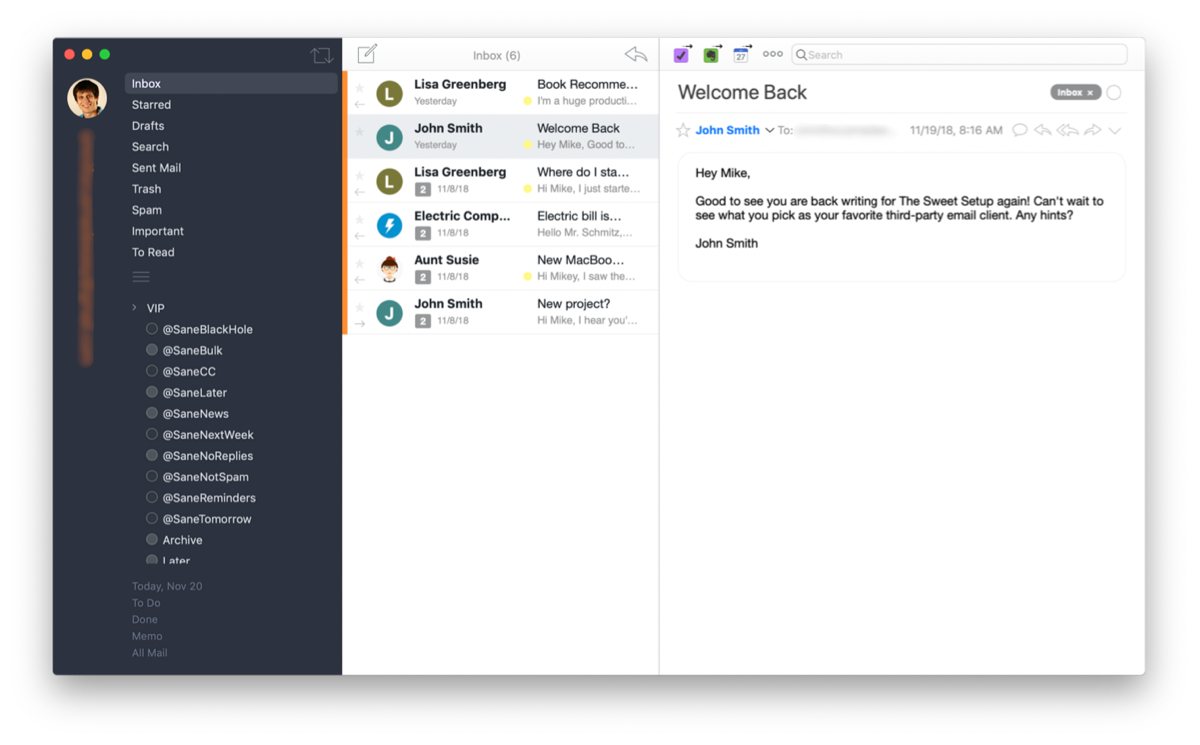


With gratitude – A professional sign-off showing your gratitude for a potential or current business deal.Thanks in advance for your cooperation – Probably best avoided, unless you are reasonably sure that the answer will be positive.Great working with you – Only suitable for concluding a segment of your collaboration, but sets up a great basis for possible future correspondence.Thanks, and let me know if there are any issues – Shows not only that you are grateful, but also that you are more than willing to put in additional work to make the deal happen.I appreciate your help with this matter – Perhaps a bit insistent, but can be perfectly appropriate depending on the content of your email.Thanks for your consideration – A context-specific alternative to the previous example.Thanks for pointing me in the right direction – Great if you are looking for some kind of assistance and not a yes or no answer.Some of the typical examples of this kind of closing include: While people do appreciate being thanked, you doing so before they’ve actually agreed to help you can seem imposing and pushy. However, you should be careful not to use these sign-offs if the outcome you are hoping for is not too certain.
:max_bytes(150000):strip_icc()/001group-message-by-thread-os-x-1172791-dfe82d66e7d34f2cbf1608a52c9ae8ff.jpg)
There’s no shortage of studies confirming that showing your gratitude in an email closing has the potential to drastically improve response rates. We’ll first list those 39 examples of sign-offs because that’s what you came for in the first place, and later on, we’ll discuss what rules and best practices you can use to create your own super effective sign-off. Don’t use the same sign-off in every email Don’t use oversized logos and company info Consider the type of relationship you have Don’t shy away from adding a Post Scriptum


 0 kommentar(er)
0 kommentar(er)
